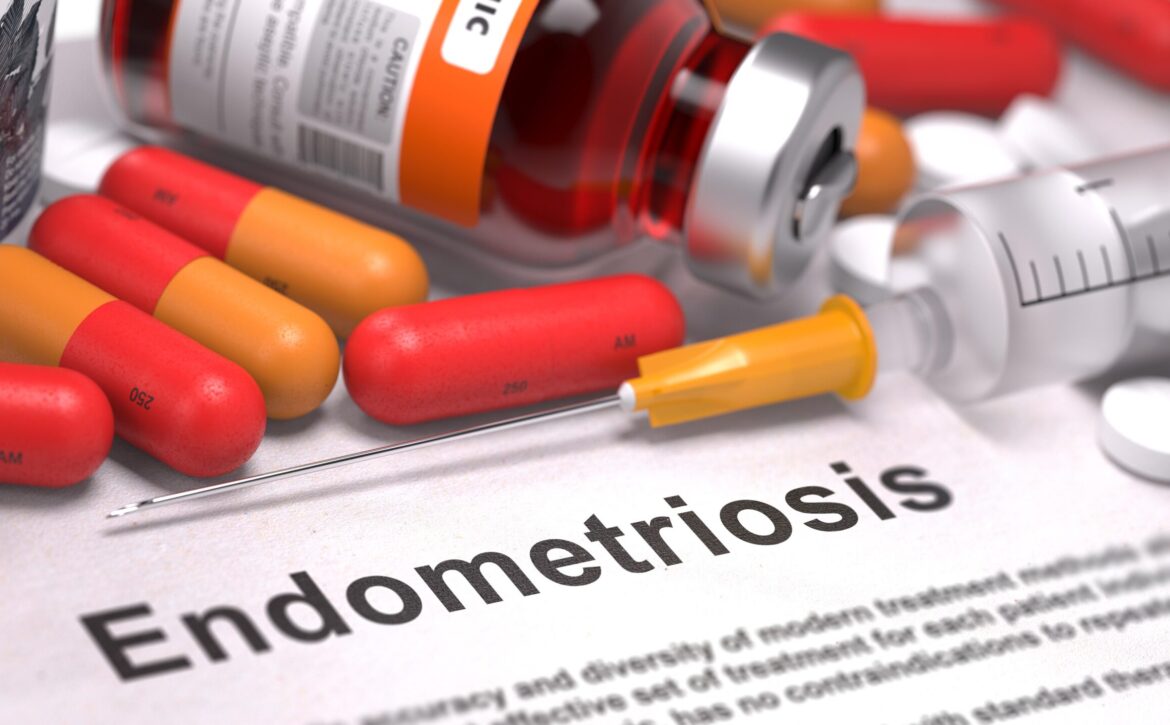Drug treatment of endometriosis: novel and combined approaches to controlling symptoms and improving fertility
Introduction
Endometriosis is an estrogen-dependent disease associated with chronic pelvic pain, severe dysmenorrhea, and infertility. Pharmacological treatment is considered one of the primary methods for disease management. In recent years, new medications and combination approaches have offered renewed hope for patients.
Objectives of Pharmacological Treatment
-
Reducing pain and clinical symptoms
-
Reducing or controlling endometriotic lesions
-
Preventing disease recurrence after surgery
-
Improving fertility chances (in some cases)
Common Medications in the Treatment of Endometriosis
1. Nonsteroidal Anti-Inflammatory Drugs (NSAIDs)
-
Such as ibuprofen and naproxen.
-
Reducing menstrual and pelvic pain.
-
Limitation: They do not have a direct effect on disease progression..
2. Hormonal Medications
-
Combined Estrogen–Progestin Pills: Regulating the menstrual cycle and reducing symptoms..
-
Progestins (such as Dienogest, Medroxyprogesterone): Inhibiting endometrial growth.
-
Levonorgestrel-Releasing Intrauterine Device (IUD): Reducing bleeding and pain.
3. GnRH Agonists and Antagonists
-
Reducing estrogen levels by inducing a hypoestrogenic (menopause-like) state.
-
Rapid reduction of painful symptoms.
-
Side Effects: Hot flashes, decreased bone density.
-
Innovation: Using a low dose and combining with bone-protective hormones..
4. Aromatase Inhibitors
-
Such as Letrozole and Anastrozole.
-
Reducing estrogen production in peripheral tissues.
-
Primarily in treatment-resistant cases.
Novel and Investigational Therapies
1. Targeted Anti-Inflammatory Drugs
-
Cytokine Inhibitors (IL-1, TNF-α).
-
Objective: Reducing local inflammation in endometrial tissue.
2. Combination Therapy
-
Combining hormonal drugs with anti-inflammatory medications.
-
Reducing drug doses and side effects.
3. Biologic Drugs
-
Monoclonal antibodies targeting inflammatory pathways.
-
Currently under investigation in clinical trials.
The Future of Pharmacological Treatment for Endometriosis
-
Personalized Medicine: Drug selection based on the genome and individual patient characteristics..
-
Next-generation oral GnRH drugs (such as Elagolix): With fewer side effects and high efficacy.
-
Combining pharmacological treatment with surgery and complementary therapies To achieve the best outcomes.
Drug Comparison
| Drug | Mechanism | Main Effect | Common Side Effects | Clinical Application |
|---|---|---|---|---|
| NSAIDs | Prostaglandin Inhibition | Pain Reduction | Gastrointestinal Issues | Symptomatic Control |
| Progestins | Inhibition of Endometrial Growth | Reducing Pain and Bleeding | Spotting, weight gain | First-Line Treatment |
| GnRH agonists | Estrogen Reduction | Lesion Reduction | Hot flashes, osteoporosis | Moderate to Severe Cases |
| Aromatase Inhibitor | Inhibition of Estrogen Production | Control of Resistant Lesions | Joint pain, osteoporosis | Resistant Cases |
Conclusion
Pharmacological treatment of endometriosis is moving towards novel, personalized, and combination approaches. Treatment selection should be based on disease severity, fertility desire, and drug tolerability.
Suggested References
-
Human Reproduction Update (2024): Medical therapy for endometriosis: Current state and future perspectives
-
The Lancet: Endometriosis and hormonal treatment strategies



